Design Coordination
DES is continuing to engage the Squaxin Island Tribe, the Washington State Department of Fish and Wildlife (WDFW), and the cities of Olympia and Tumwater throughout the Deschutes Estuary Restoration Project as design partners.
- The Squaxin Island Tribe and WDFW supplement the project team with expertise in estuary restoration across the South Puget Sound. The Deschutes Estuary has also been an area of significance for the Squaxin Island Tribe for time immemorial—this partnership provides an opportunity to integrate traditional cultural knowledge into the project.
- The project is located within the cities of Olympia and Tumwater, and project improvements span these two municipalities. Additionally, after construction, the new 5th Avenue Bridge will be conveyed to City of Olympia and the new South Basin boardwalks will be conveyed to the City of Tumwater. The approach to sea level rise resiliency is also being coordinated with the City of Olympia. Representatives of these entities meet regularly with DES to provide policy-level design guidance, represent constituent interests, and assist in review of technical materials.
Coordination efforts with these entities and with the community will continue throughout the design and permitting process. For more information on community engagement, see the Community Involvement page.
Process Map
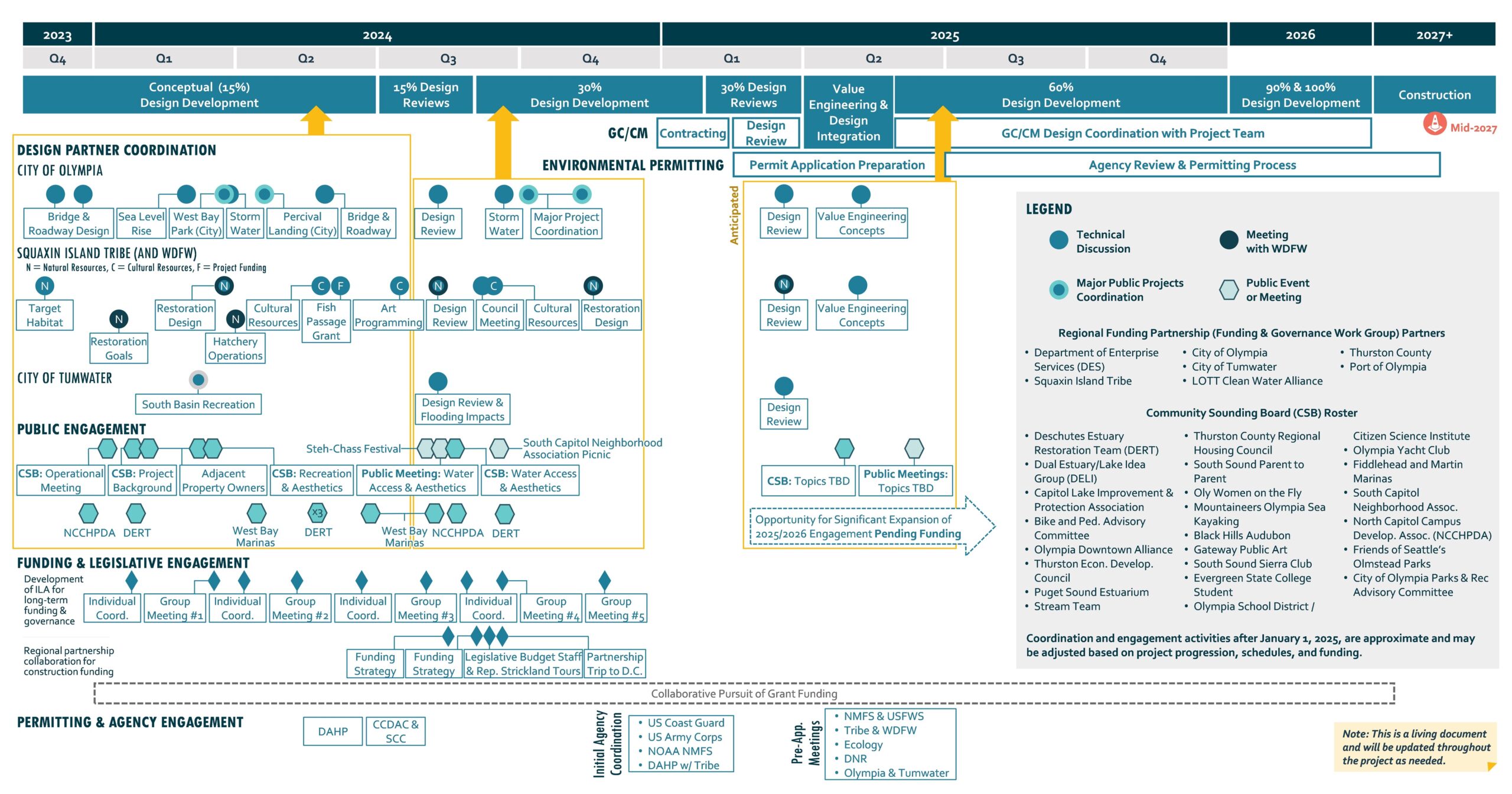
Regional Partnership
The Deschutes Estuary Restoration Project is one of three inspiring, interrelated initiatives that will achieve environmental restoration and provide coastal resiliency and transportation efficiency in Washington’s Capitol City. The expansive efforts are being coordinated through a strong partnership between the State of Washington, local jurisdictions, and the Squaxin Island Tribe, and include the Deschutes Estuary Restoration Project, the Port of Olympia’s sediment remediation and habitat restoration in West Bay, and the City of Olympia’s waterfront sea level rise adaptation strategy.
These projects will significantly improve ecological conditions in the project areas, enhance community use opportunities, and promote economic resilience across Thurston County; take action to increase climate resiliency; and construct new trails and infrastructure to advance transportation efficiency in the region. In total, these projects will provide 3.5 miles of continuous improvements across Olympia.
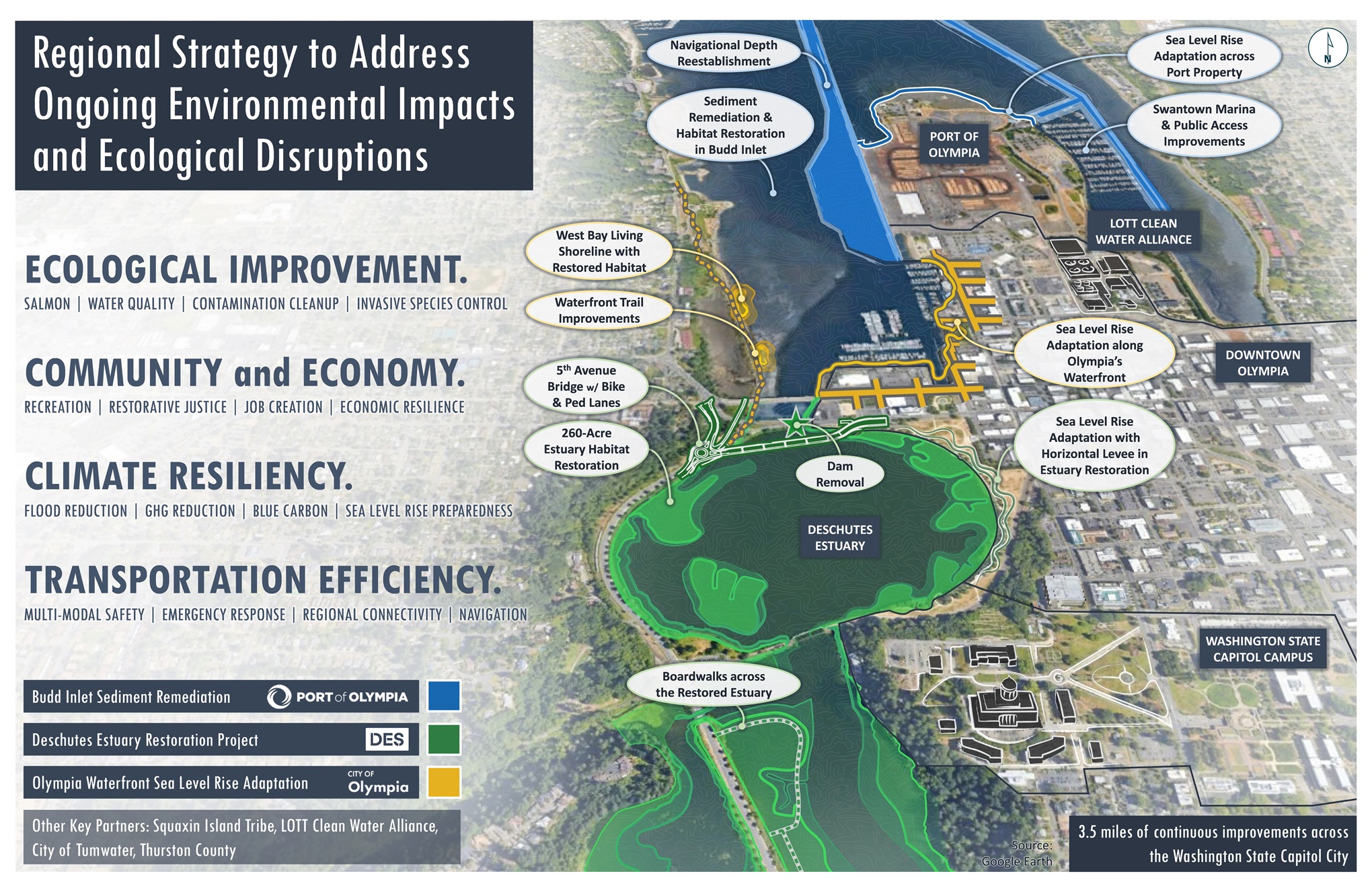
Funding and Governance for the Deschutes Estuary
This regional partnership was stimulated through a Funding and Governance Work Group (FGWG) convened by DES in 2016, following direction from the Washington State Legislature, and initially focusing only on the Deschutes Estuary Restoration Project.
Throughout 2024, as part of initial stages for design and permitting of the Deschutes Estuary Restoration Project, the FGWG advanced an MOU into a legally binding Interlocal Agreement (ILA) for long-term funding and governance of the restored Deschutes Estuary.
After DES has secured sufficient funding for construction, signatories of the ILA will make annual payments toward sediment management in West Bay that will begin after dam removal and extend through 2050. Periodic maintenance dredging in West Bay will maintain navigational depths for recreational and commercial vessels, allowing the restored estuary and downstream facilities to coexist without significant impacts and sustaining the important regional economic contributions of this waterfront activity.
Governance Responsibilities as Outlined in the ILA
| Entity | Governance Responsibility |
|---|---|
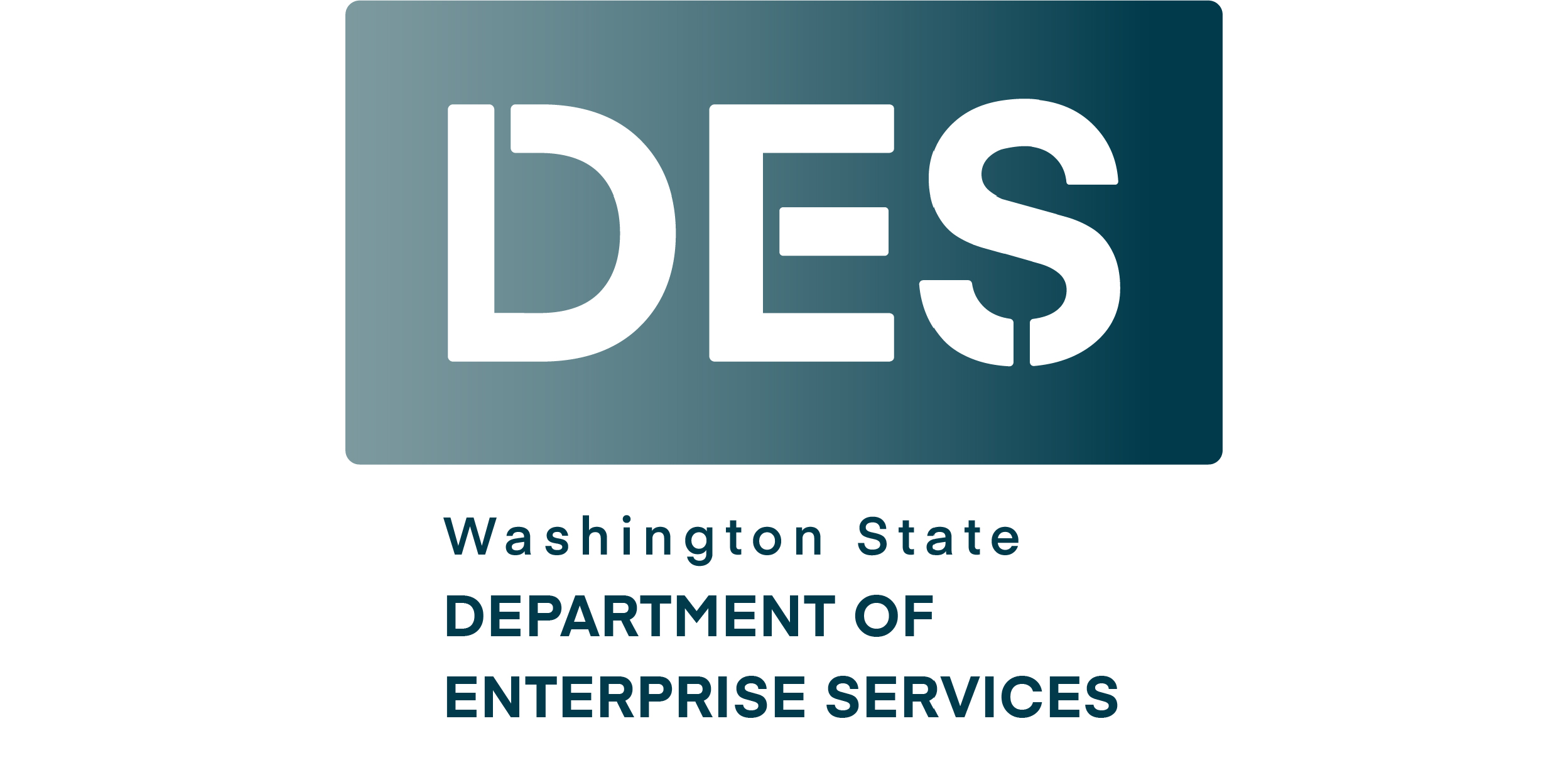 |
|
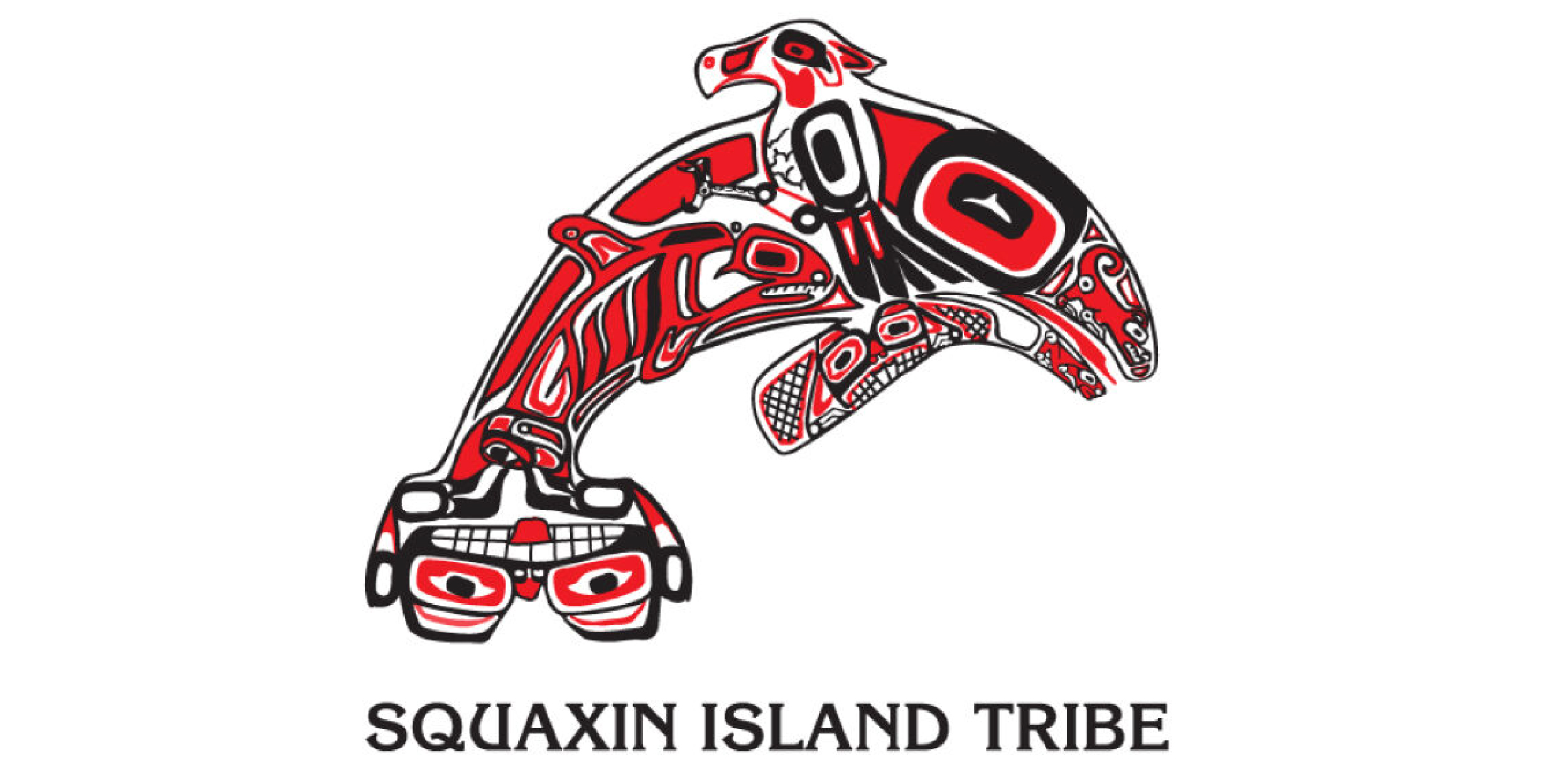 |
|
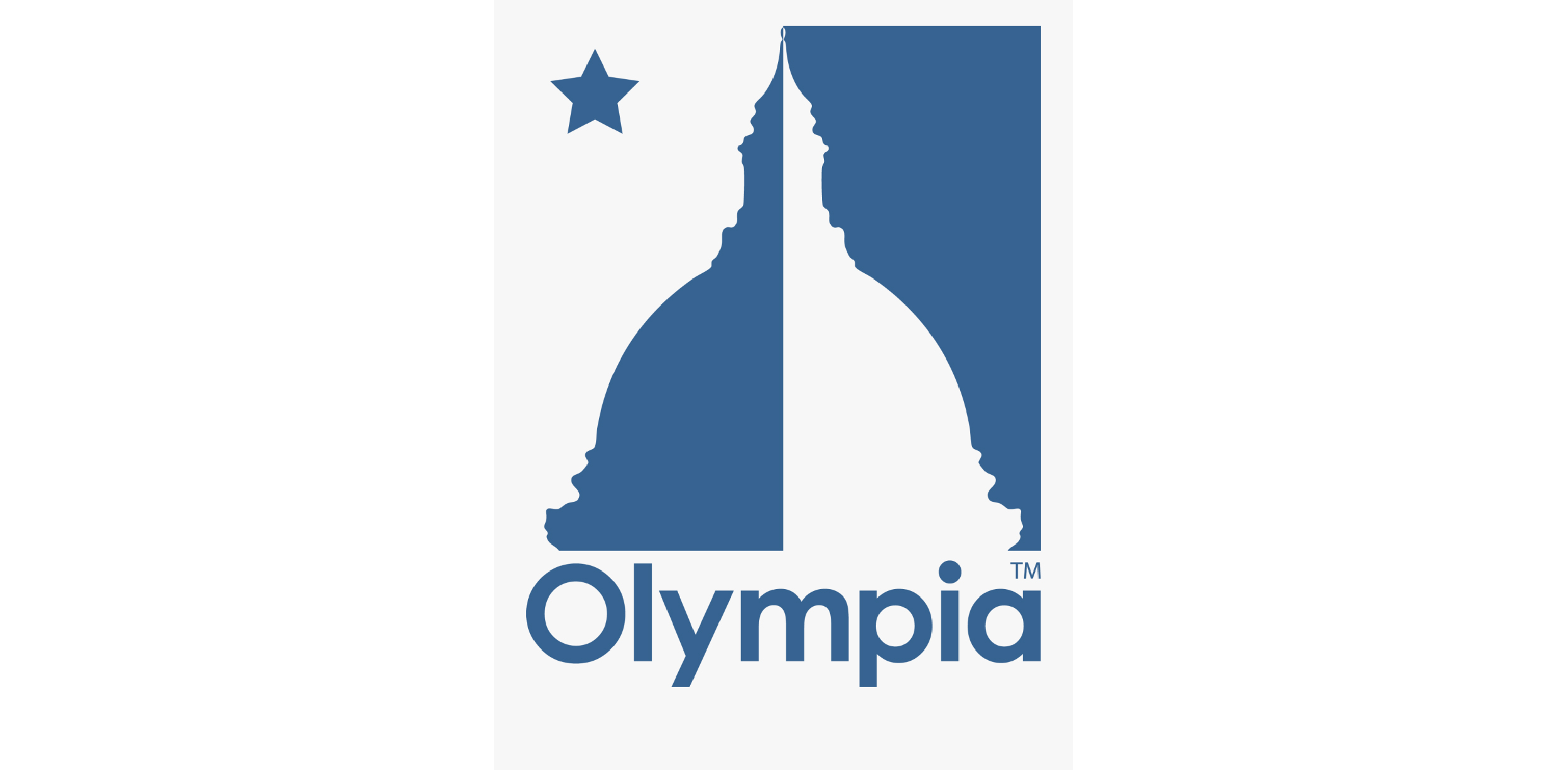 |
|
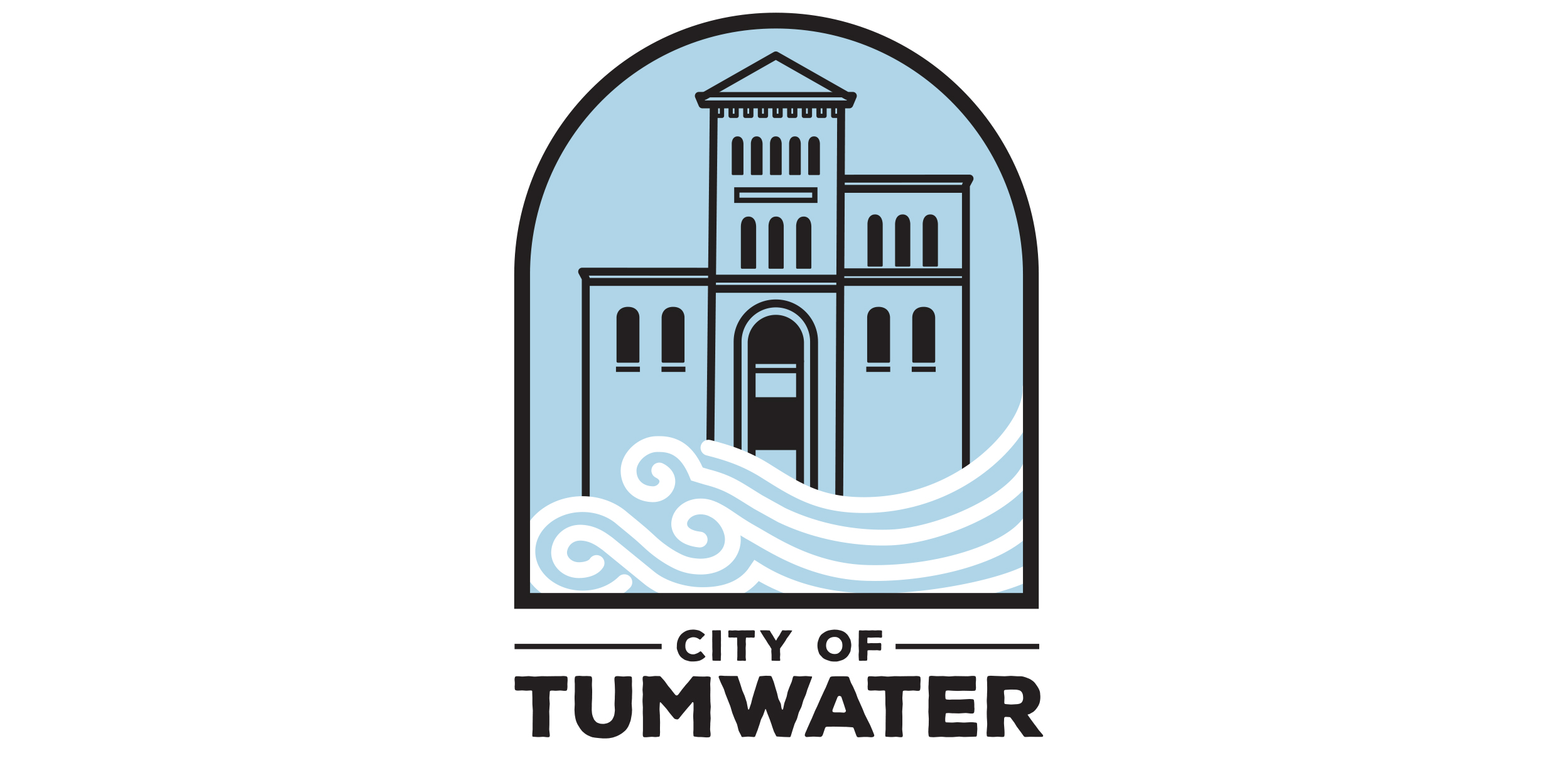 |
|
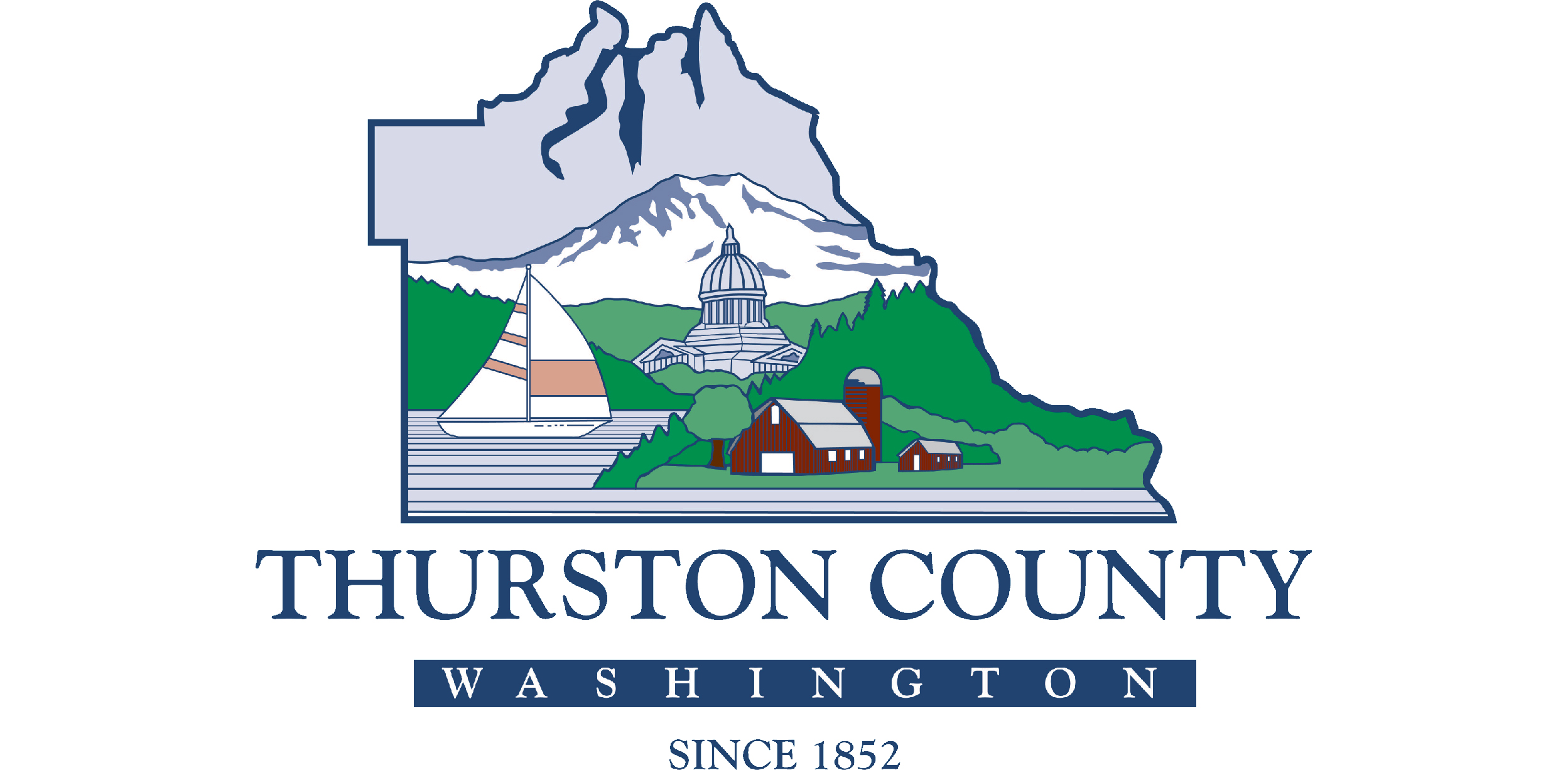 |
|
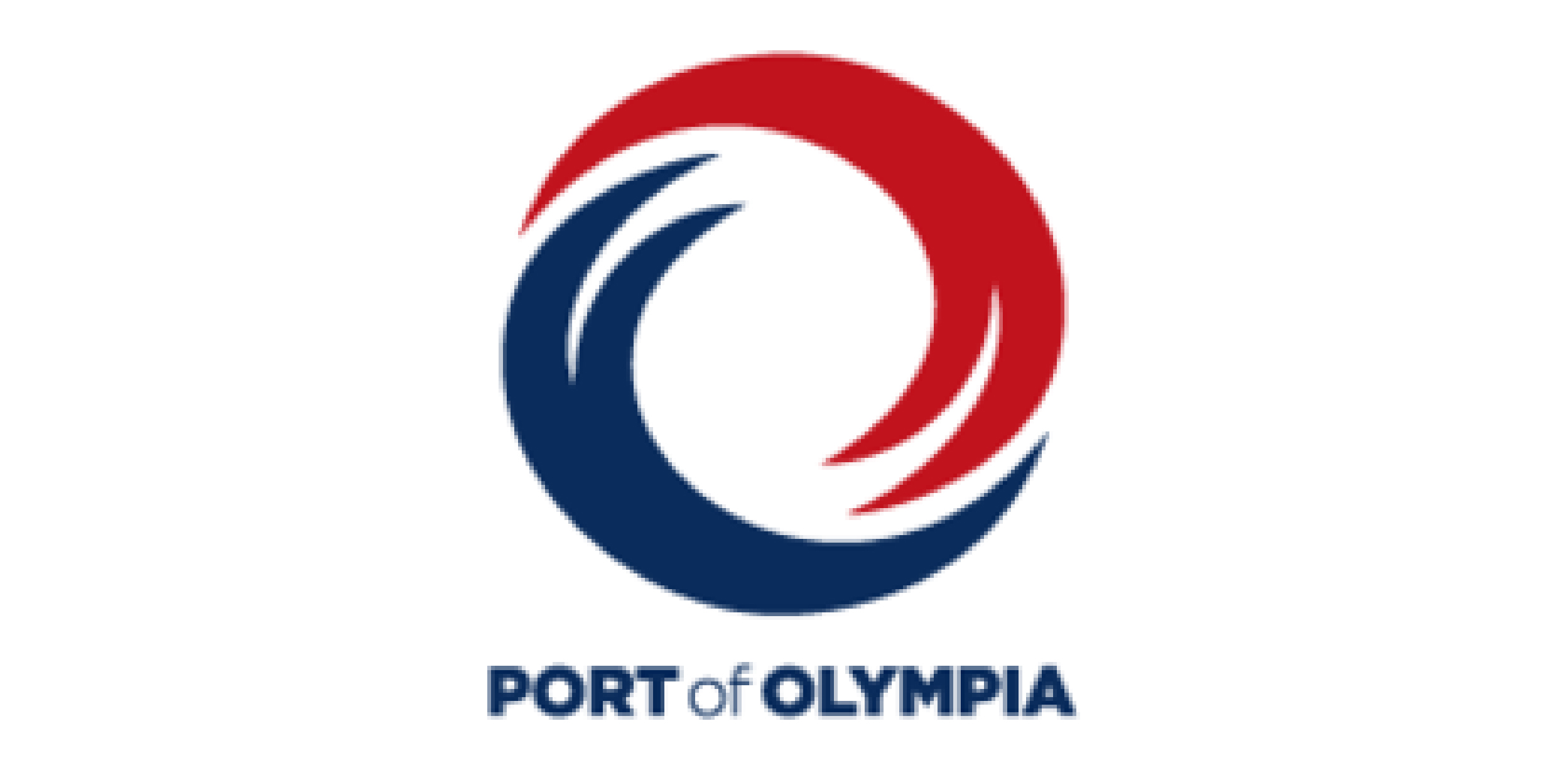 |
|
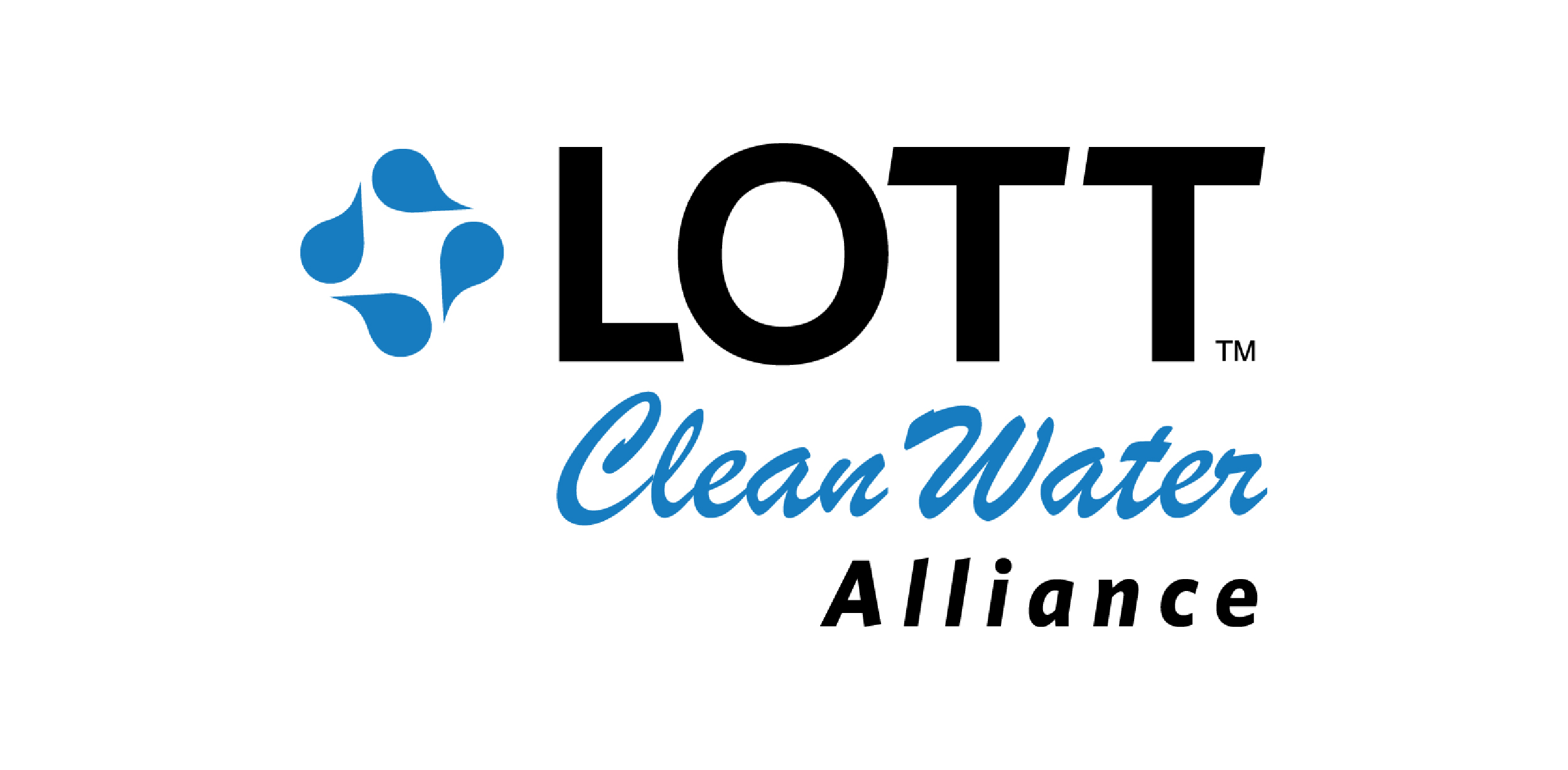 |
|
The aquatic lands of present-day Capitol Lake are managed by DES under long-term lease agreement from the Washington State Department of Natural Resources (DNR). The current lease agreement was established in 1998 for a term of 30 years (through 2028), with the option for one 20-year extension (through 2048). The existing lease authorizes DES to provide public recreation and operation of parks, public access, public parking areas, and lake management activities. DES and DNR will coordinate terms of the lease during the project design and permitting process.
